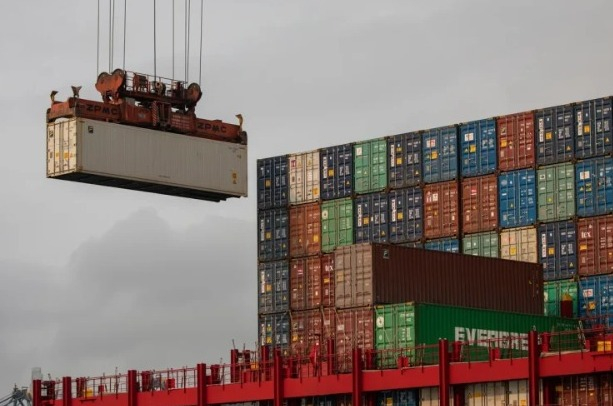
Trade in goods between Latin America and China multiplied by 35 between 2000 and 2022while the region’s total trade with the world only multiplied by 4, the Economic Commission for Latin America and the Caribbean (ECLAC) indicated this Thursday.
In its annual report on international trade prospects in the region, the United Nations organization based in Santiago, Chile, highlighted that bilateral exchange between Latin America and China barely exceeded US$14 billion in 2000, compared to nearly US$500 billion in 2022.
“In 2010, China displaced the European Union as the second trading partner of the region and became the first trading partner of South America,” he noted in the document released this Thursday “International Trade Outlook 2023.”
Exports to China consist almost exclusively of raw and processed natural resources, while imports almost exclusively of manufactures.
Only six products (soybeans, copper and iron ores, oil, copper cathodes and beef) represent 72% of regional exports to China, concentrating in a few countries, mainly in South America (93%), according to the text.
ECLAC also warns that “the growing penetration of Chinese manufacturing in the region has displaced regional production” and “the net result is that primary-export specialization has deepened, especially in South America.”
“The food sector is the one that offers the best prospects for diversifying and sophisticating the export offer to China in the short term. To do this, we must address the existing non-tariff barriers and strengthen market intelligence to better satisfy the needs and tastes of Chinese consumers,” the agency recommended.
ECLAC also urged the region to attract foreign direct investment (FDI) towards strategic natural resource processing activities, such as lithium, “generating forward linkages with manufacturing activities.”
ECLAC: The most unequal region in the world
Latin America, the most unequal region in the world and the most affected by the pandemic, grew by 6.9% in 2021, as a rebound after the 6.8% collapse recorded in 2020, the largest recession in 120 years.
The slowdown in the region began in the second half of 2022, which closed with a growth of 3.7%. For 2023, ECLAC estimated last September a regional GDP growth of only 1.7%, while for 2024 it estimated an expansion of 1.5%.
Source: Larepublica
Alia is a professional author and journalist, working at 247 news agency. She writes on various topics from economy news to general interest pieces, providing readers with relevant and informative content. With years of experience, she brings a unique perspective and in-depth analysis to her work.











